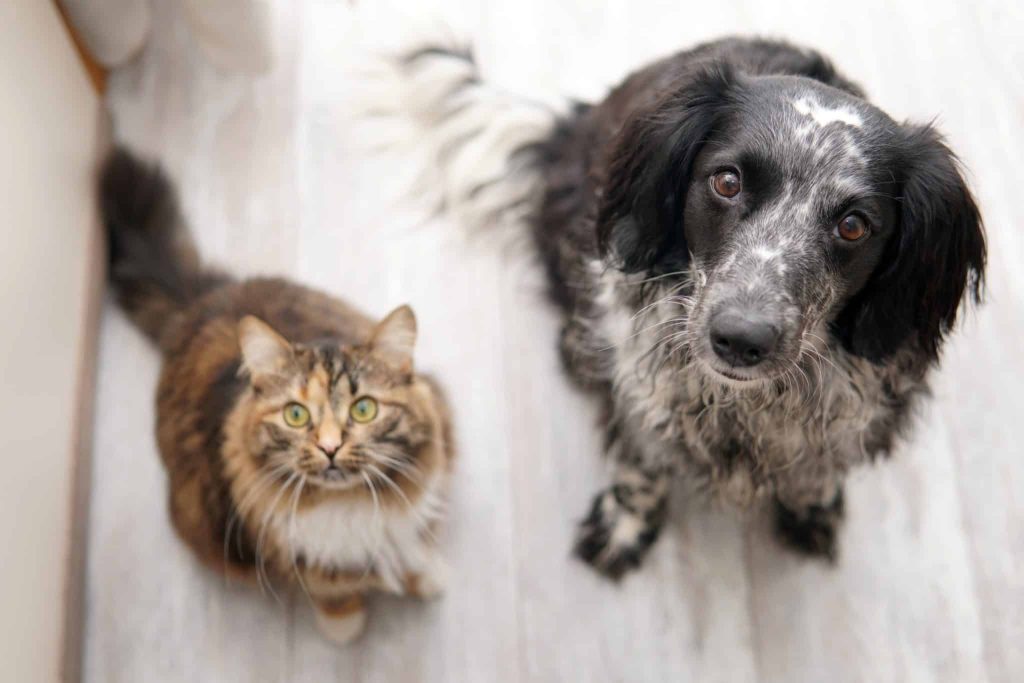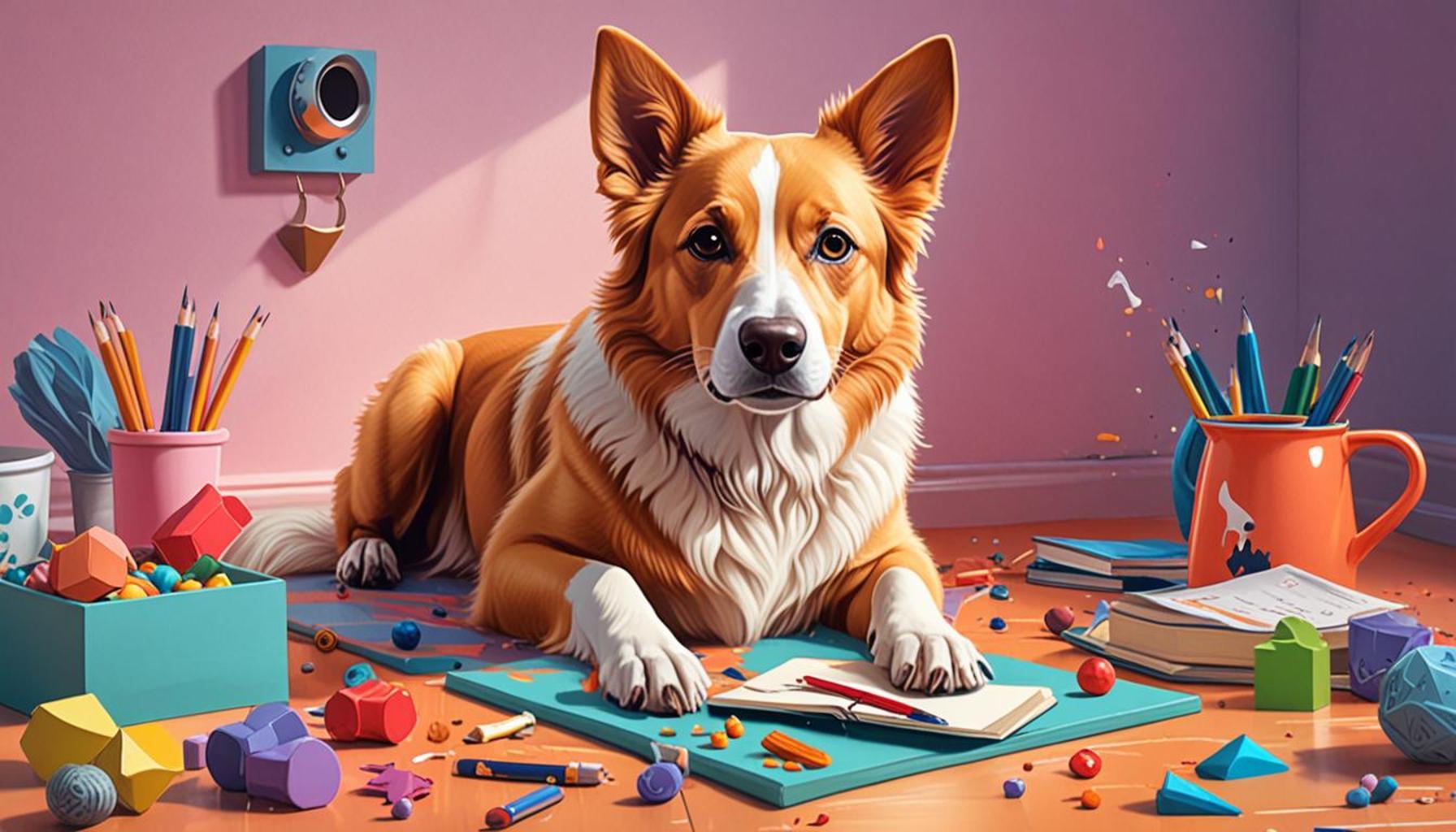Positive Training Techniques for Dogs and Cats

Understanding Positive Training Techniques
Effectively training our furry companions is vital for creating a peaceful and joyful household. Positive training techniques not only solidify the bond between you and your pet but also nurture a foundation of trust and mutual understanding. By focusing on rewarding desired behaviors instead of punishing undesirable ones, pet owners can create a more enjoyable training experience.
Utilizing positive reinforcement has demonstrated significant success in training various animals, primarily dogs and cats. This humane method not only inspires pets to learn but also enhances their overall engagement level with training activities. Studies have consistently highlighted that animals trained with positive techniques are more willing to participate and cooperate. Moreover, the atmosphere of praise and encouragement leads to happy, well-adjusted pets.
Core Elements of Positive Training
Here are a few core elements that are pivotal in implementing positive training techniques effectively:
- Rewards: Offering treats, enthusiastic praise, or engaging playtime serves as strong incentives for good behavior. For instance, when teaching your dog to sit, rewarding them immediately after they comply with a tasty treat reinforces this command.
- Consistency: Sticking to a routine is crucial for helping your pet grasp what is expected of them. For example, if you train your cat to use a litter box, this should always be emphasized, and any deviations or inconsistent messaging can create confusion.
- Patience: Every pet learns at their own pace, and understanding this is key. Some dogs may grasp commands quickly, while others take longer. Being patient not only shows your pet that you’re committed to their learning journey, but it also fosters a supportive environment.
By integrating these methodologies, you can create a thriving atmosphere for your pet. Research suggests that pets trained using positive techniques not only demonstrate fewer behavioral issues but also adjust better to various situations, which can lead to a more harmonious life together.
Real-life Success Stories
Many pet owners have turned to positive training methods and witnessed remarkable transformations. Take, for example, the case of a rescue dog that was once fearful and anxious. Through consistent training and ample positive reinforcement, the dog’s behavior gradually improved, allowing it to enjoy a happier, more relaxed life. Such stories are not isolated; a growing number of trainers and pet owners across the United States are favoring positive strategies, leading to a widespread reassessment of traditional training methods.

The journey toward a better relationship with your pet begins with understanding the effectiveness of positive reinforcement. As you continue your exploration, you’ll uncover a wealth of resources that showcase the profound impact these methods can have on strengthening the bond between you and your beloved animals.
Effective Strategies for Positive Reinforcement
To truly harness the power of positive training techniques for dogs and cats, it’s essential to implement specific strategies that maximize both engagement and understanding. The beauty of these methods lies in their flexibility and adaptability to suit the unique personalities and learning styles of individual pets.
Utilizing Clicker Training
One of the most popular methods among trainers is clicker training, a technique that employs a small device that produces a distinct clicking sound to mark desired behaviors. This concise sound clearly indicates to your pet that they have performed a correct action. For instance, if your dog successfully sits on command, you would click and then reward them with a treat. This method not only improves the precision of communication but also dramatically enhances the speed at which pets learn.
Timing is Everything
When it comes to positive reinforcement, timing plays a crucial role. It’s essential to reward your pet immediately after they demonstrate the desired behavior to form a clear association between the action and the reward. A delay in rewarding can confuse your pet, leading them to assume that the reward is connected to a different behavior. As a rule of thumb, always aim for a reward within a few seconds of the action, making it crystal clear what was rewarded.
Varying Rewards for Enhanced Motivation
Pets, like humans, may become bored with the same rewards over time. To keep their interest peaked and maintain motivation, vary the types of rewards you offer. Here are some effective reward ideas:
- Treats: A small, healthy treat can be a great motivator for dogs, while cats may enjoy fish-flavored bites or freeze-dried meat.
- Affection: Some pets thrive on love and attention. A hearty belly rub or scratches behind the ears can be just as rewarding as a treat.
- Playtime: Engaging your pet in a game of fetch or using a favorite toy can provide an energy boost and serve as an enticing reward.
This variety in rewards will not only keep your training sessions exciting but also encourage longer periods of focus and participation from your pets. Consider observing which types of rewards seem to elicit the most positive responses from your dog or cat, and adjust accordingly to form a stronger bond through their training journey.
Setting Realistic Goals
It’s essential to set realistic training goals that align with your pet’s capabilities and personality. Consider their age, breed, and past experiences, as these factors can influence their learning speed and ability to grasp new concepts. By establishing achievable targets, you foster a positive learning environment where your pet feels accomplished rather than overwhelmed. Regularly reassess these goals, celebrating small victories along the way to further encourage and motivate your furry friends.
By incorporating various engaging strategies, timing your rewards effectively, and varying those rewards, your training sessions can become a fun and fruitful experience. As you explore more about positive training techniques for dogs and cats, you’ll discover an effective path to nurturing a joyful and obedient pet companion.
| Category | Advantages |
|---|---|
| Building Trust | Positive reinforcement creates a strong bond between pets and owners, helping animals feel safe and secure. |
| Enhanced Learning | Methods like clicker training boost retention, making it easier for pets to learn and remember tasks or commands. |
Utilizing positive training techniques not only enhances the overall behavior of dogs and cats but also fosters a more enjoyable and less stressful training experience. By incorporating these approaches, pet owners can witness remarkable transformations in their pets’ responses to commands and their interactions within household settings. For example, employing reward-based techniques encourages animals to engage willingly, paving the way for quicker adoption of desirable behaviors. Moreover, the absence of punitive measures allows for a more relaxed atmosphere, reducing anxiety in pets and strengthening their trust in their human companions.These techniques are not just about obedience; they play a vital role in improving the mental and emotional well-being of pets, providing a holistic approach to training. As you delve further into the world of positive training, you will discover numerous practical applications and methods tailored to suit both dogs and cats, making every training session an exciting journey for you and your furry friends.
DIVE DEEPER: Click here for healthy pet nutrition alternatives
Building a Strong Foundation Through Socialization
One of the cornerstones of effective positive training techniques for dogs and cats is socialization. Socializing your pet is crucial for developing well-adjusted, confident animals that can handle new experiences and environments. For puppies and kittens, early exposure to a variety of people, pets, and places plays a significant role in shaping their behavior as adults. Starting socialization during these critical periods can lay the groundwork for acceptable behavior and help to prevent behavioral issues down the line.
Structured Playdates
Incorporating structured playdates with other pets can help foster social skills in your dog or cat. Choose animals that display appropriate, well-mannered behaviors to set a positive example. Use these opportunities not just for social interaction but also as a chance to teach your pet obedience commands. For example, during a playdate, you can ask your dog to “sit” or “stay” before allowing them to engage with their new friend. This not only reinforces commands but also promotes impulse control in a stimulating environment.
Gradual Exposure to New Environments
Exposing your pets to different environments can enhance their adaptability and confidence. Start small and gradually introduce them to new sights, sounds, and smells. For instance, take your dog on walks around the neighborhood or visit a local pet store, allowing them to experience varied atmospheres while rewarding calm behavior with treats or praise. For cats, creating a safe exploration space—perhaps a quiet corner with a box or a new perch—can encourage curiosity without overwhelming them.
Positive Reinforcement for Socialization
During socialization experiences, utilize positive reinforcement techniques to reward desired behaviors. If your dog behaves well during introductions to new people or pets, reward them immediately to reinforce their good behavior. For cats, encouraging relaxed behavior in new situations can be achieved through gentle words and tasty treats. This will help them associate new experiences with positive outcomes, making them more likely to handle future encounters with ease.
Understanding Body Language
Part of successful socialization involves understanding the body language of both your pet and others. Recognizing when your pet is stressed or uncomfortable enables you to intervene and diffuse a potential situation. Signs of stress in dogs may include pacing, yawning, or turning their head away, while cats may show signs of anxiety by hiding, hissing, or swatting. By observing and responding to these signals appropriately, you help to create a supportive environment conducive to learning and play.
Consistency is Key
Consistency in training and socialization efforts cannot be overstated. Establishing a routine helps pets understand what is expected of them and allows them to predict outcomes based on their behaviors. Use the same commands, reward system, and socialization practices across different situations and settings. This consistency strengthens learning and builds trust between you and your pet, paving the way for a harmonious companionship.
Ultimately, fostering a well-socialized pet requires time, patience, and dedication. By emphasizing the importance of socialization and employing positive training techniques, you’re not only teaching your dog or cat essential commands but also building their confidence and adaptability in the world around them.
DISCOVER MORE: Click here to learn about holistic nutrition for your pets
Conclusion: Nurturing Lifelong Bonds Through Positive Training
In the journey of pet ownership, employing positive training techniques for dogs and cats emerges as a vital element in fostering well-behaved and happy companions. Our pets, whether they bark or meow, thrive when given consistent guidance, enabling them to navigate their world with confidence and joy. Essential components such as early socialization, structured playdates, and gradual exposure to new environments not only enhance their adaptability but also strengthen the bond between pet and owner.
Furthermore, recognizing the nuances in their body language and responding appropriately nurtures an environment of trust and understanding. By prioritizing positive reinforcement, you create a rewarding experience that encourages good behaviors, empowering pets to learn from their experiences while feeling secure and loved. The consistency in training instills a sense of predictability, essential for reducing anxiety and behavioral issues.
As we endeavor to raise well-rounded animals, let us remember that patience and commitment are key. Each pet is a unique individual; tailoring training techniques to align with their personality fosters a deeper connection. Explore various methods, remain open to adjustments, and most importantly, enjoy the delightful learning journey alongside your furry friend. With the right approach, you’re not just teaching commands but shaping a fulfilling life enriched by companionship and trust.
In conclusion, positive training is more than a technique; it’s an opportunity to cultivate a lasting relationship filled with mutual respect and joy. So grab those treats, engage in training sessions, and let the adventure begin!



